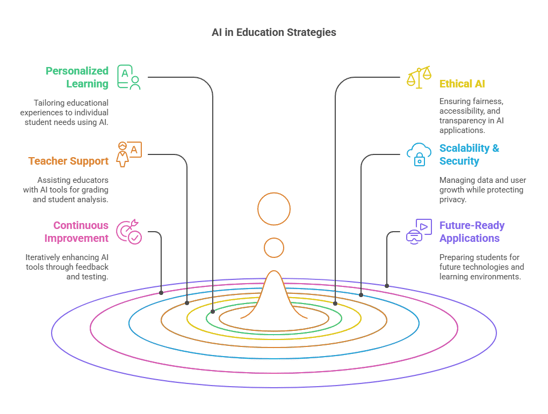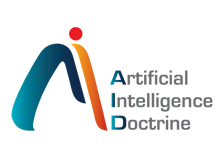AI & ML | Transforming Education
Artificial Intelligence (AI) and Machine Learning (ML) are transforming education by enabling personalized learning, automating administrative tasks, and improving accessibility. To maximize their potential, EdTech stakeholders must implement AI/ML solutions responsibly and effectively. Below are key best practices for integrating AI/ML in education technology.
1. Personalized Learning Experiences
Adaptive Learning Platforms: Use AI to tailor content based on student performance, learning pace, and preferences (e.g., Khan Academy’s recommendation engine).
Real-Time Feedback: Deploy ML models to provide instant feedback on assignments, quizzes, and coding exercises.
Learning Analytics: Track student progress to identify knowledge gaps and suggest targeted interventions.
2. Ethical and Inclusive AI
Bias Mitigation: Train models on diverse datasets to avoid demographic or cultural biases in recommendations.
Accessibility: Integrate AI tools like speech-to-text, text-to-speech, and language translation to support students with disabilities and non-native speakers.
Transparency: Clearly communicate how AI-driven decisions (e.g., grading, recommendations) are made to build trust.
3. Teacher and Admin Support
Automated Grading: Use ML to evaluate objective assignments (e.g., multiple-choice tests) and assist with subjective assessments (e.g., essay scoring).
Predictive Analytics: Identify at-risk students early by analyzing engagement patterns (e.g., login frequency, assignment completion).
Chatbots for Support: Deploy AI-powered assistants to handle routine queries (e.g., course schedules, FAQs), freeing educators for higher-value tasks.
4. Scalability and Security
Cloud-Based Solutions: Leverage scalable cloud infrastructure to handle large datasets and user loads cost-effectively.
Data Privacy: Comply with regulations (e.g., FERPA, GDPR) by anonymizing student data and implementing robust encryption.
Human Oversight: Ensure educators can review and override AI decisions (e.g., grading discrepancies).
5. Continuous Improvement
A/B Testing: Experiment with different AI models (e.g., recommendation algorithms) to optimize learning outcomes.
Feedback Loops: Collect input from students, teachers, and parents to refine AI tools iteratively.
Professional Development: Train educators to interpret AI insights and integrate them into teaching strategies.
6. Future-Ready AI Applications
Immersive Learning: Combine AI with AR/VR for interactive simulations (e.g., virtual labs, historical reenactments).
Lifelong Learning: Use AI to recommend upskilling courses based on career trends and individual goals.
AI/ML holds immense potential to democratize education, but its success depends on ethical deployment, inclusivity, and collaboration between technologists and educators. By adopting these best practices, EdTech leaders can create equitable, engaging, and effective learning experiences for all.




Get in touch


Get in touch
83 Watsonbrook Dr. Brampton, L6R 0R5, ON, Canada
contact@aidoctrine.com
Shahed Tower, 10 Floor, Mirgab, Kuwait city, Kuwait
